Sovereign Mountains
As large as and more mountainous than Switzerland, it is located in the heart of the Himalayan chain between India and China. Its greatest asset is its Buddhist philosophy. This philosophy is based on a Tibetan doctrine but unlike Tibet, Bhutan is a sovereign country. Bhutan is a theological monarchy that perpetuates itself in and by its traditions. Its way of life did not include television until 1999. Regarded as being a “superficial” asset, in view of the importance of the ties to divine Buddha, electric power that is produced there, is up to 90% exported to their Indian neighbor. The remaining 10% are more than enough to fill the needs of the country. Ten years after the last statistics, Bhutan, isolated and on the margin of world progress, has expressed the wish to open itself to the rest of the world “because we have so much to give…” its Prime Minister said.
In order to understand the thinking of its leaders, who are mountain dwellers and traditionalists, it would be interesting to recall an important fact, which explains the concepts of visibility and opening of Bhutan. For the reconstruction of a medieval bridge, washed away by a flood, the authorities called upon the services of a notable German architect. At a request from the government of Bhutan, the latter made a promise to build a structure that is identical to the collapsed one but with modern techniques. If there is a lesson to be learned from this casual event, it would be that this country that has emerged from the Himalayan fog does not go for the cheap fix, but rather for a solidly anchored and durable solution. Far from being fully exploited, the assets of Bhutan confer it, so far, a self-sufficiency which does not block its leaders’ sight and knowledge of the reality of globalization and consequently the danger of withdrawal.
If comparisons to other countries were to be made, Bhutan would not resemble Switzerland except perhaps in size and relief. But what about other factors? The desire to stay on the margins of the modern world and to live within its means brings another point of similarity with the Swiss nation. Switzerland, with its neutrality keeps itself outside the European economic block. And when we look even closer, actually there may be other points, such as their strong identities that occupy an important space in their lives. Finally, if people in Switzerland don’t die from hunger, Bhutan has not known any cases of famine either.
Does mountain dwelling which is traditionally criticized and looked down on, actually offer a refuge in the full sense of the word? Even if this is not established with any certainty, however, certain indications plead for the case. In this respect, the documentation that was used to develop this subject does not include any references which would indicate the possible existence of poverty on this land of high winds nor of this other country that mastered time. Isn’t Switzerland the perfect example of success and prosperity? Aren’t those who seek entry into this Alpine nation required to be prosperous themselves? Even if the examples given above do nothing but validate this idea, in order to bring a broader spectrum of justifications which would allow a correct synthesis, we needed to deepen our investigations.
Stateless Mountain People
So what about the other regions and people who also have chosen to settle in altitude? We are interested, here, in territories with harsh terrain that are managed by dominant states. Annexed by France in 1862, Savoy is this nth alpine country that has been French since the second half of the 19th century. Its people are referred to by the French as Savoyards. The people of Savoy are actually Savoisien, as its self determination partisans and its exiled government make a point of pointing out. What resembles determinism applied only to Savoy may be something no one can name! But if this can be proven, could this be considered part of an effort to belittle this people in the very things that define it. Everything points in this direction because the Savoisien people were ridiculed even in the facts of daily life. For example, the dry sausage that is specific to this country, known to be as their staple during the long winter months, was reduced to a grotesque act. The same sausage, nowadays, isn’t sold anywhere, but in the finest boutiques of the Rue de La Pompe. Considered a luxury good, it is outside the reach of ordinary French people. The paradox dictates that Savoy, the most mountainous region of France, is the region where unemployment affects only 5% of its population. Not only that, it prides itself of having the greatest number of small to medium-sized businesses. It exceeds and by far, the PACA region (Provence-Alps-Cote d’Azur), considered one of richest of France.
At the root of the determinism towards mountain dwellers
The policy of France in Savoy is not of a random nature but one that is founded on a will to destroy while devaluing the region and this has a long history. Kabylia, even earlier, was the victim of this devastating policy and continues to be the subject of its attacks. This policy of devaluation is expressed in this sanctified phrase: “arid land…” that French military literature spread starting at the end of the 19th century and since then by all the literature that relates to Kabylia. The damage reached even the Kabyle writers such as M. Feraoun and M. Mammeri but also European ones such as A. Camus who became the heirs to this literary butchery that amounted to belittling and devaluing Kabylia.
Coveted Mountains
With a rainfall that exceeds that of the Ile de France (Paris region), a relief covered with snow, but that is more accessible than Bhutan and less austere than Switzerland, high plateaus that are legendary wheat silos, a fertile Mediterranean plain, a climate that allows an “arid…” agriculture and a diverse arboriculture would conclude the military establishment. Is “arid” the magic word, that is going to dislodge the Kabyls out of their lands to the profit of Alsatian families driven out by Bismarck in 1870? If this were the case, why not settle them in the plains of Boussaâda? Why punish them a second time by putting them on the arid lands of Kabylia? Or would all this be part of a military strategy, as it is consecrated in the famous French concept of population displacement? Everything leads to believe that, especially if one held for proof what was reported by French writer Guy De Maupassant in his travel accounts: “… We are here in the richest and most populated part of Algeria. The Kabyle country is mountainous and covered with fields and forests…” One of two things is clear here, either the writer in question does not have the same definition as the proponents of colonialism when it comes to the meaning of the word arid or our analysis developed earlier is valid. The latter continues and says “… When leaving Aumale, one enters a great valley… Over there stands a huge mountain, the Djurdjura. Everywhere on the hilltops, villages seen from far resembling mounds of white stones. Others remain clinging to the slopes. In this entire fertile region, the struggle for the land is terrible between the European and the native…”
Given the contradictions, one wonders where the French Cartesian spirit had gone! What is the secret reason for coveting the arid Kabyle land? Even if we do not hold a firm answer to this question, we continue to question testimonies, and writings that come to us from these non-Kabyle reporters. This way no one can accuse us of making up history.
Still current, these testimonies from the 19th century have not lost much of their faithfulness. The following statement could well apply to today’s Kabylia if it had not been taken out an 1885 report by Guy de Maupassant: “… Kabylia is more populated than the most populated French province. Unlike the nomad, the Kabyle is sedentary and hard-working. However, the Algerian thinks about nothing but to strip him of his wealth…”
We had to ask about the motivation that led this author to paint a rather positive portrait of Kabylia. Could his judgment have been distorted by the literary world in which he lived back then? This would have been possible if we ignored the achievement of authors A. Hanoteau and A. Letourneux in their work “Kabylia and the Kabyle Customs”. Reporting on the spot: “… During the horrendous winter of 1867-1868 when famine decimated the indigenous populations of Algeria, the Kabyles of the subdivision of Dellys provided a remarkable proof of the spirit of solidarity these people possess. From October 1867 until May 1868, they had to nourish foreign beggars, coming from all the corners of Algeria and even from Morocco, totaling at a time no less than 12,000 individuals. The Fort-Napoleon district, which counts 65,000 inhabitants, welcomed half of them. Some of these poor devils, already exhausted by long periods of deprivation succumbed before their arrival; however, not a single one died of hunger on Kabyle territory. Entire villages and private citizens came to their assistance, not paying any attention to their origin, and with a touching kindness. A kindness that was so remarkable because in many cases the given alms came from families that did not possess any surplus. Furthermore, the populations on which fell such a heavy burden did not have the slightest complaint. They did not ask for assistance from the French authorities either. They have, till the end, accomplished these acts of charity very simply, without noise or ostentation. It was like a natural duty. What is remarkable, and honors the Kabyle institutions, is that the prolonged presence in their country of such a great number of completely deprived foreigners, did not cause any disorder nor did it require the adoption of some extraordinary measures; the Amin and the Djemâa were perfectly adequate for their tasks and effectively safeguarded the people and the properties…”
The studies concerning Kabylia and its society, as shown through the two preceding examples, are not related to the time of its conquest, but rather to a long history. Just like those that preceded them, the 1848 studies, in three volumes, by Captain Carette, do not tell about anything other than a prosperous and self-sufficient Kabylia. The latter reported that in the Iflisen district alone there were 600 watermills. If we look back for a moment at the middle of the 19th century we will notice that these watermills are only one energy source of the time. Captain Carette emphasized that the horticultural production of Kabylia, outside olive oil production “… belongs to the Kabyl decor…” Let us not end this paragraph which reports on the work of this soldier who came to Kabylia without recalling one of his observations: “there are, in Kabylia, villages perched high up in the mountains that are much more developed than my own Dordogne…”
How can one remain indifferent to this irrefutable evidence of the viability of mountains and in particular of Kabylia? Following the example of Bhutan, Switzerland and even of Savoy, Kabylia provides guarantees at least equivalent if not better than those that can be afforded by the quoted countries. So what is left of all the things that made these people and their country tick? A simple fear of the future? A lack of confidence? Or is it self-hatred, inherited through many staggering blows? One thing is sure; Kabylia is light years away from the spirit that is at the origin of its distinctive character. At a time when Bhutan turns on the switch that will light up its future, Kabylia, in a dark tunnel, is still looking for the switch.
Firman Lalili February 16, 2009 translated by Hsen for Kabylia. Info

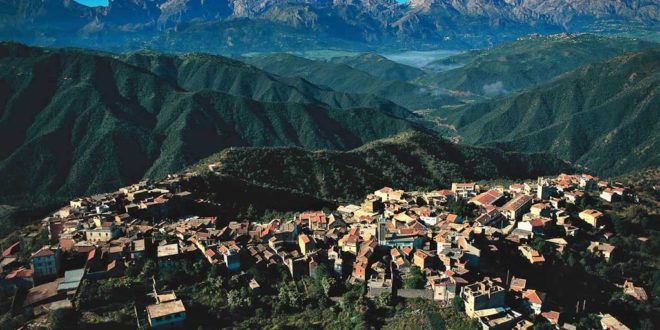
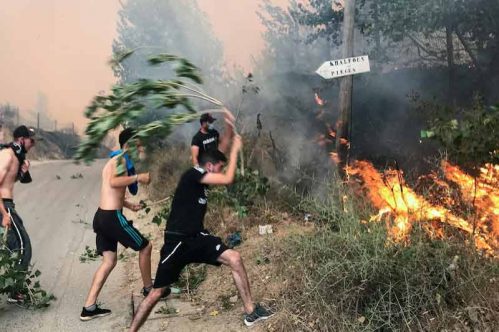

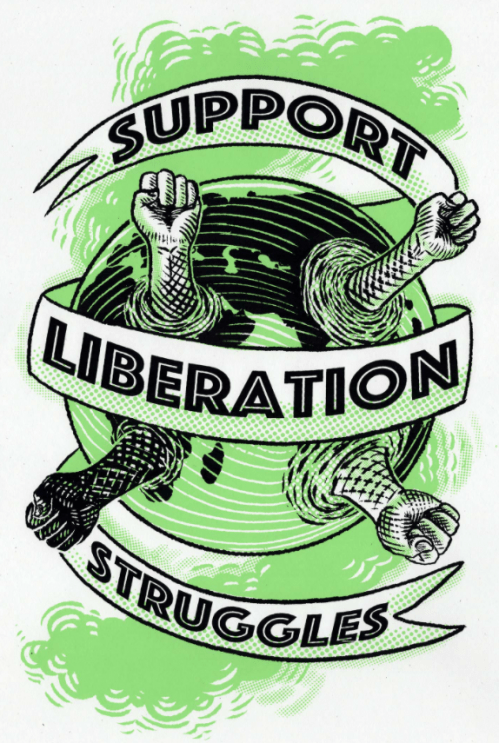
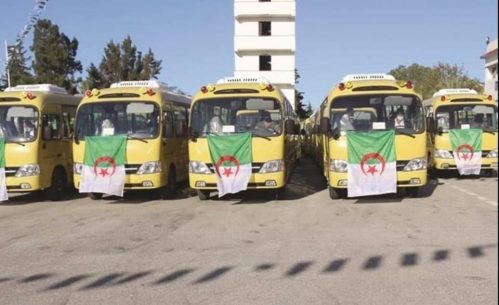
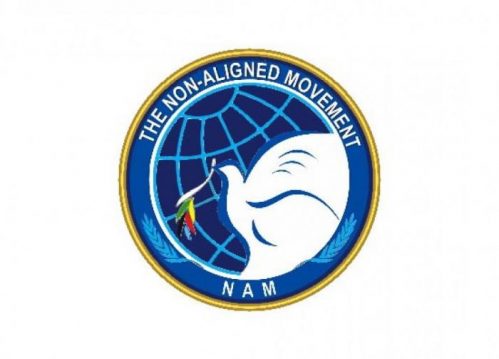
Leave a Comment